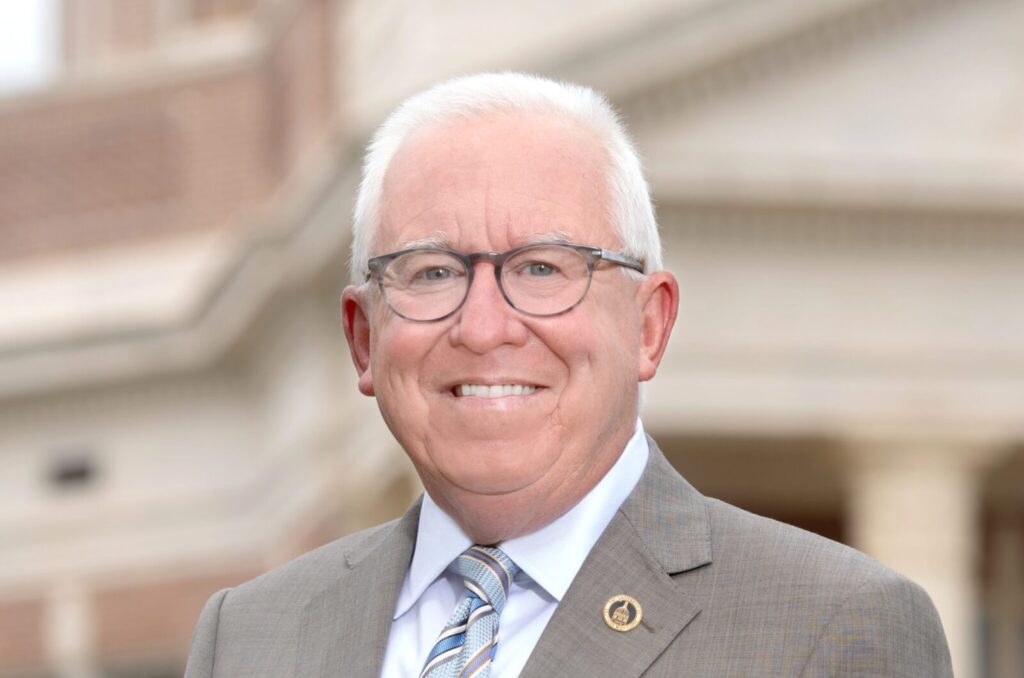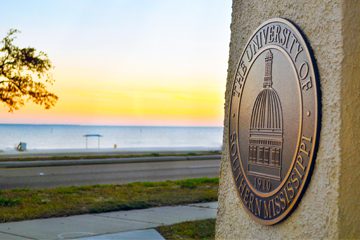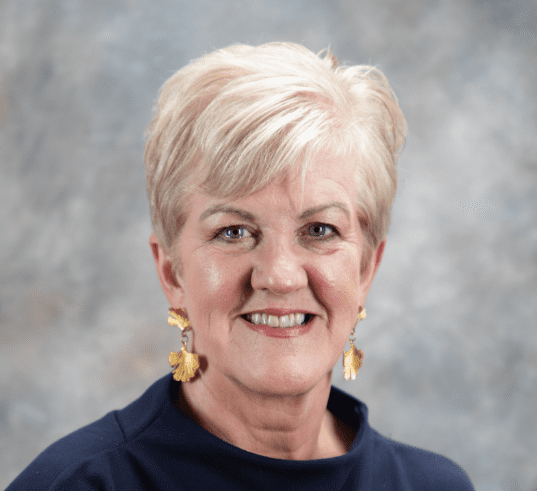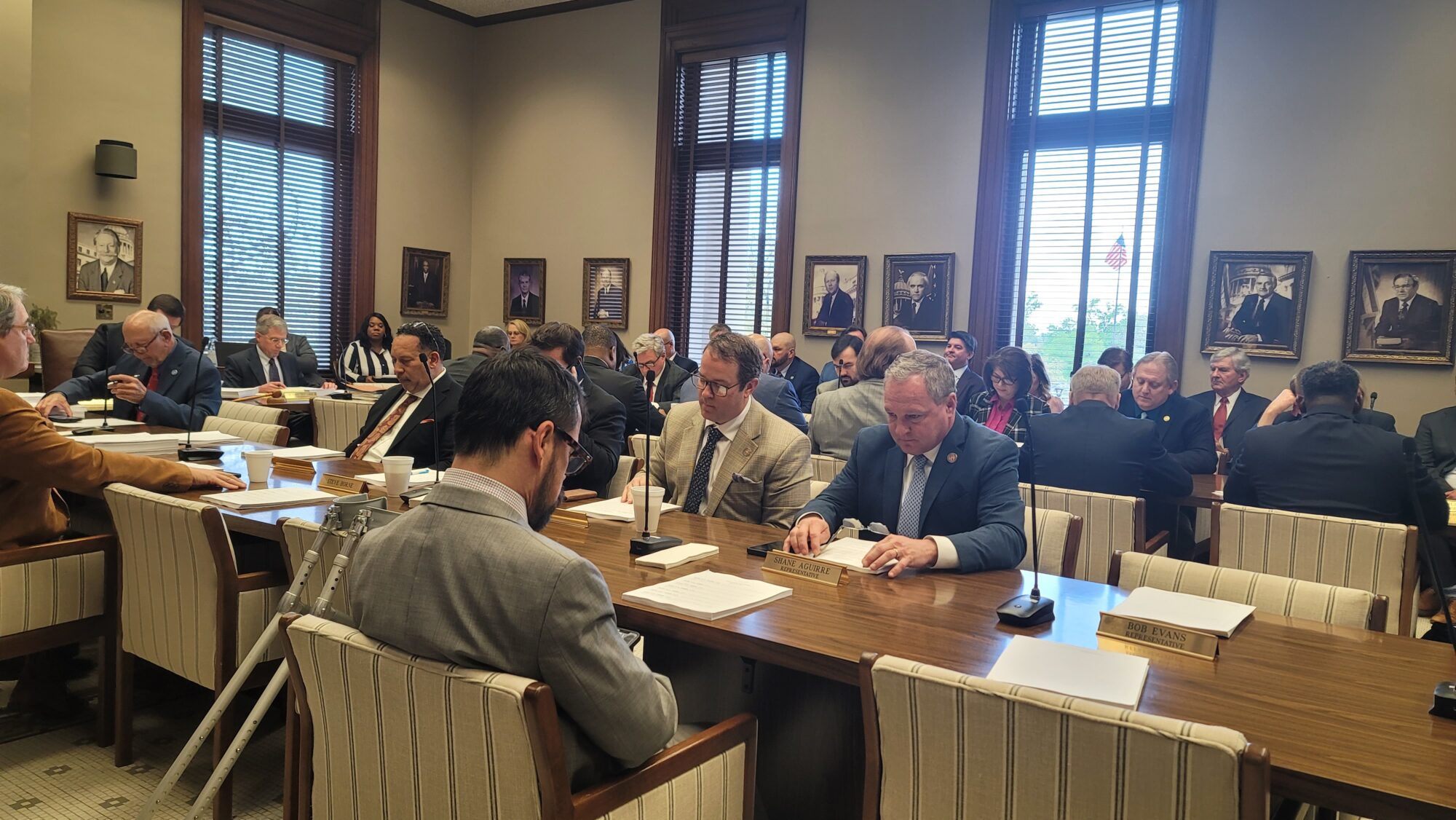
(Photo from USM)
- IHL Board hears of current, upcoming offerings from the University of Southern Mississippi.
Several of the successes happening at the University of Southern Mississippi (USM) were touted during the recent Mississippi Institutions of Higher Learning Board of Trustees meeting on Thursday, including a new accelerated nursing program to address the current nursing shortage in the Magnolia State as well as the ongoing work to explore and research the oceans.

USM President Dr. Joseph Paul stated that the new accelerated nursing program launched in January 2023 at the Gulf Park Campus in Long Beach providing an accelerated path for students.
“This distinctive accelerated pathway enables students to earn a bachelors of science in nursing so they can join the nursing workforce as soon as possible. The first cohort of students earned a 100 percent pass rate on the NCLEX exam,” Dr. Paul said.
The NCLEX is the exam nursing students must pass to earn licensure and ensure they are ready to practice.
IHL Commissioner Alfred Rankins congratulated the university for its success with the program in its first year.
“To have a new nursing program, particularly an accelerated nursing program, to achieve 100 percent NCLEX passing rate, with the first cohort, that is outstanding. Your nursing students and nursing faculty should be commended because that is absolutely great.” Rankins said.
Another degree path being created at USM is the Physician Assistant Studies program. Dr. Paul elaborated that the university is still working through the accreditation process and expects to be able to enroll the first cohort of 25 students in 2025. Increases in the cohort size are expected as the program moves from provisional accreditation to full accreditation.
Another degree path, called the Executive Education Program, will be established at the Gulf Park Campus in Hardy Hall through a state appropriation of $4.8 million. The program will provide current employers and employees with an opportunity to learn new skills to meet the needs of today’s workforce in hopes of driving sustainable growth in Southern Mississippi.
Expansion of Hardy Hall to accommodate this program will begin in 2025.
An additional expansion project at USM’s coast campus will focus on the Children’s Center for Communication and Development. Dr. Paul said the program would provide those services to children of the Mississippi Gulf Coast while providing students seeking employment in the fields of speech language pathology and audiology the opportunity to get clinical experience.
Construction of the Children’s Center facility is expected to begin in the fall, and finances for its creation come from $7.9 million in congressional funding with $500,000 from the state. An additional $6 million in private donations, of which $1.5 million was provided by the Kelly Gene Cook Foundation, and the balance coming from an anonymous donor, are also being used to fund the project.
With its proximity to the Gulf, USM’s Gulf Park campus is providing opportunities for marine research to those students who will be in those fields in the future.

Dr. Leila Hamdan, the Associate Vice President for Research of Coastal Operations, spoke about the state’s Blue Economy and how the Mississippi Gulf Coast is a prime location for the university’s seven research centers in three locations of the Gulf Park Campus in Harrison County, Stennis Space Center in Hancock County, and the Gulf Coast Research Laboratory in Ocean Springs in Jackson County.
Hamdan explained that a Blue Economy is an economic opportunity derived from the proximity to the ocean. USM’s Gulf Park campus gives the university a prime opportunity to pave the way for marine research and blue economic development.
“And some of the most important work we do with this institute is training and inspiring the next generation of ocean explorers, and we are joined in this cooperative institute with our other colleagues and leaders in the ocean science space throughout the nation,” Hamdan added.
One new addition to that work involves the construction of a new ship as part of the University National Oceanographic Laboratory system, the Gilbert R. Mason. The $130 million ship, which will be one of three total, is being built by the National Science Foundation. It will be stationed in the Port of Gulfport and carry a crew of 13 along with about 16 scientists. The group will be capable of sailing for about 22 days straight. The nearly 200-foot-long vessel will focus on research in the Gulf of Mexico, the Carribean and the Atlantic for the next 40 years.
Dr. Robert Leaf, Associate Professor and Interim Director of the School of Ocean Science and Engineering, described to the IHL Board the several offerings at USM for undergraduate and graduate degrees that focus on the work and research in the ocean, such as Ocean Engineering, Marine Science in Hydrography, Marine Science and Coastal Science, to name a few. The proximity to Stennis Space Center, for example, provides those students with access to the largest concentration of oceanographers in the world through the Naval Oceanographic Office, in addition to the other personnel working at that NASA facility.
“This is a very unique program with excellent outcomes for our students,” Leaf stated.
In other business before the IHL Board
IHL approved the formation of a Bachelor of Science in Data Science at the University of Mississippi to be housed in the institution’s School of Engineering. Creation of that program will require an exception to the current rule of credit hours moving the minimum number up from 124 hours to 126 hours in order to meet accreditation requirements set forth by the Board of Engineering and Technology. Mississippi State University has a similar program. Dr. Casey Prestwood said that Data Science jobs in this state pay about $100,000 annually.
IHL also approved a request from Jackson State University to create a Center for Supply Chain Management to be housed in the College of Business. The center will focus on issues dealing with the global supply chain and international trade relations. The $1 million in funding required for the center will be provided by the United States Small Business Administration, Prestwood described.
In addition, IHL approved a request from the University of Mississippi to establish the Center for Journalism Advocacy and Innovation to be housed under the School of Journalism and New Media. Prestwood said the center will be important because journalism is becoming increasingly maligned and nationally stereotyped so this center will focus on promoting the practical value of the field.









